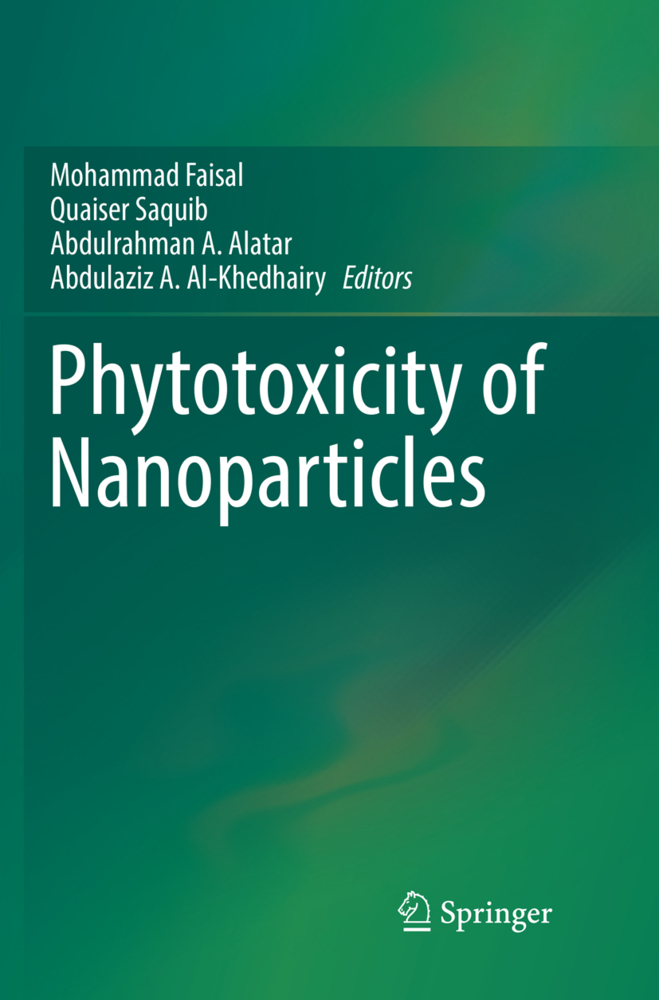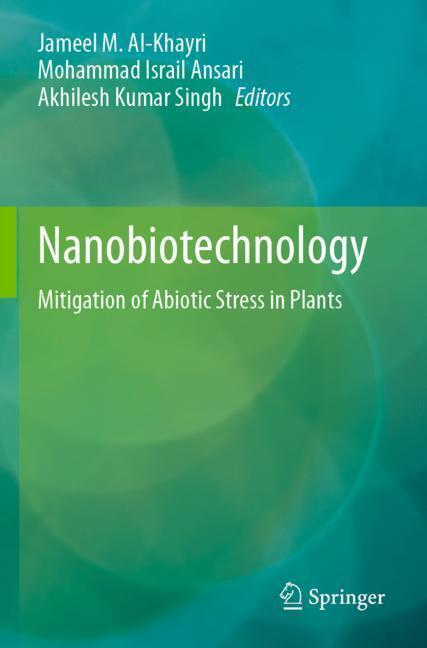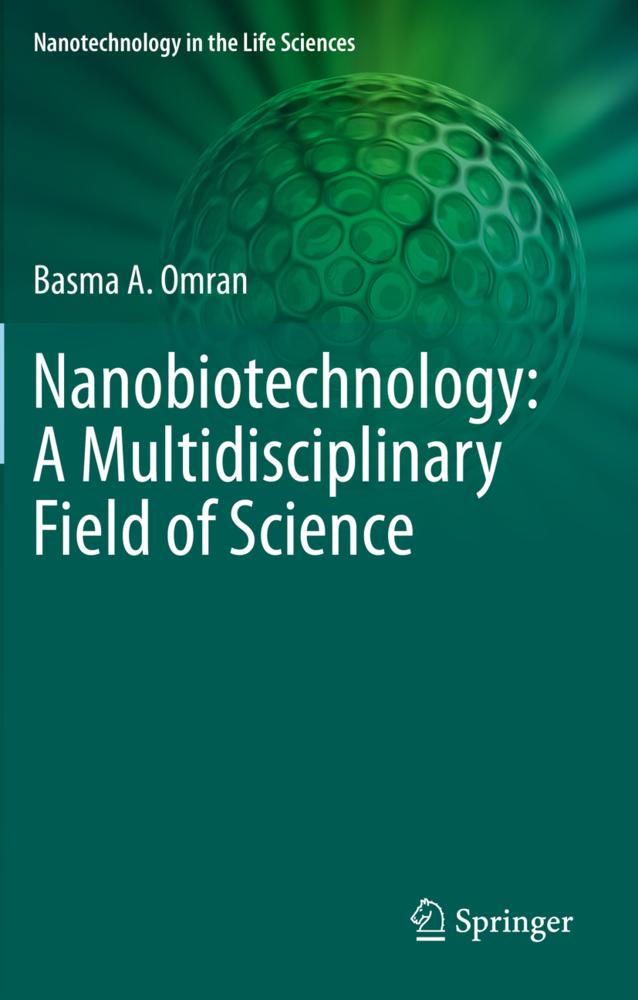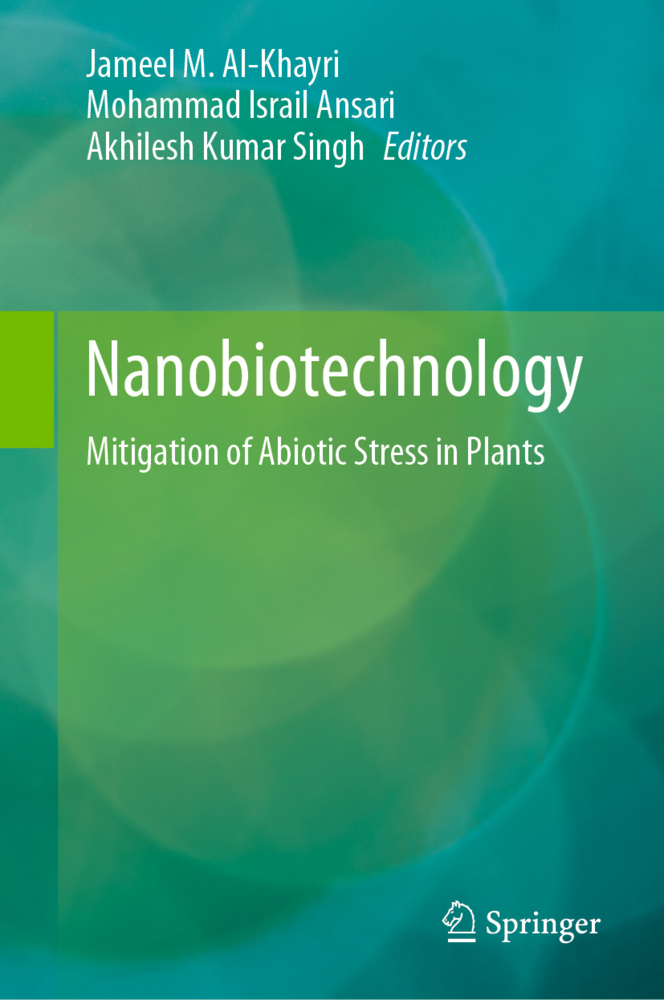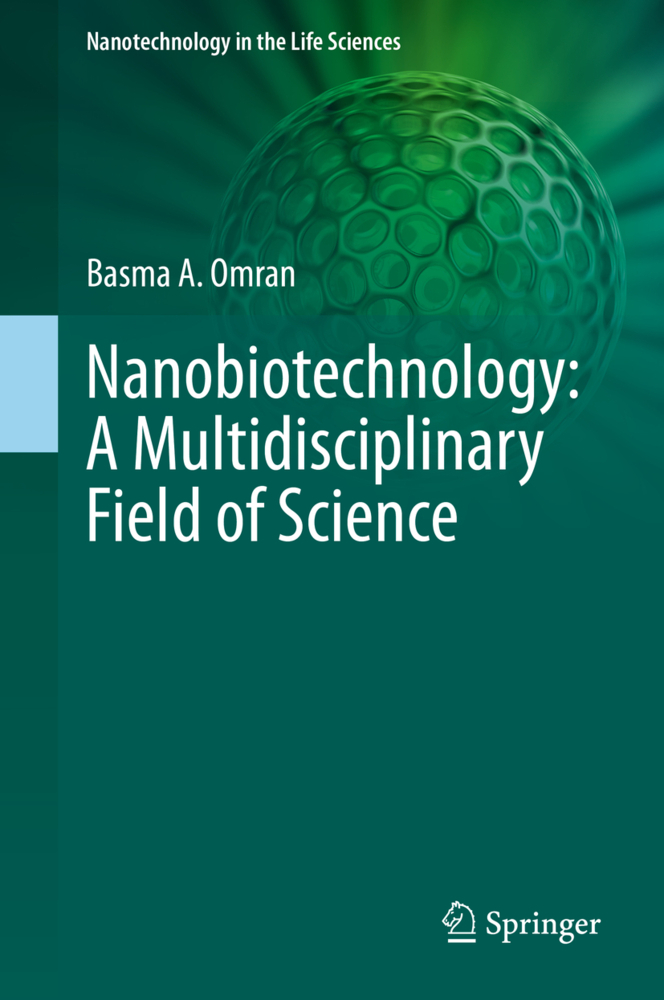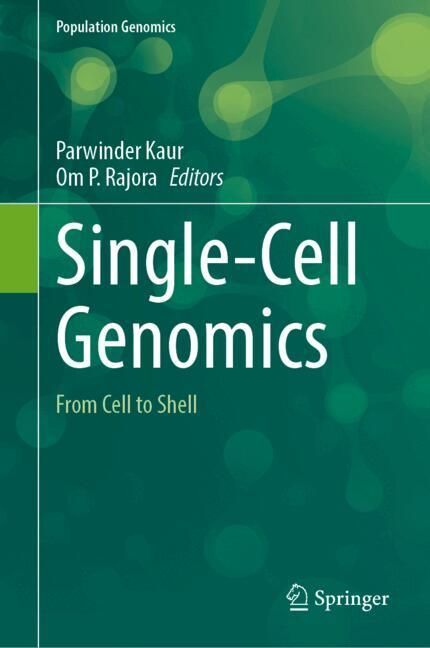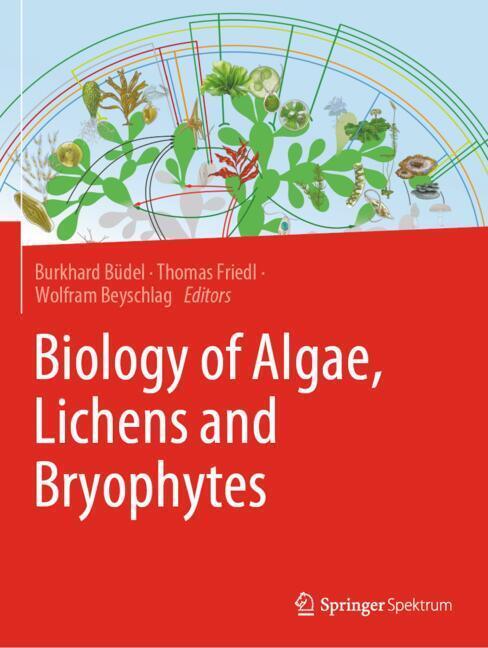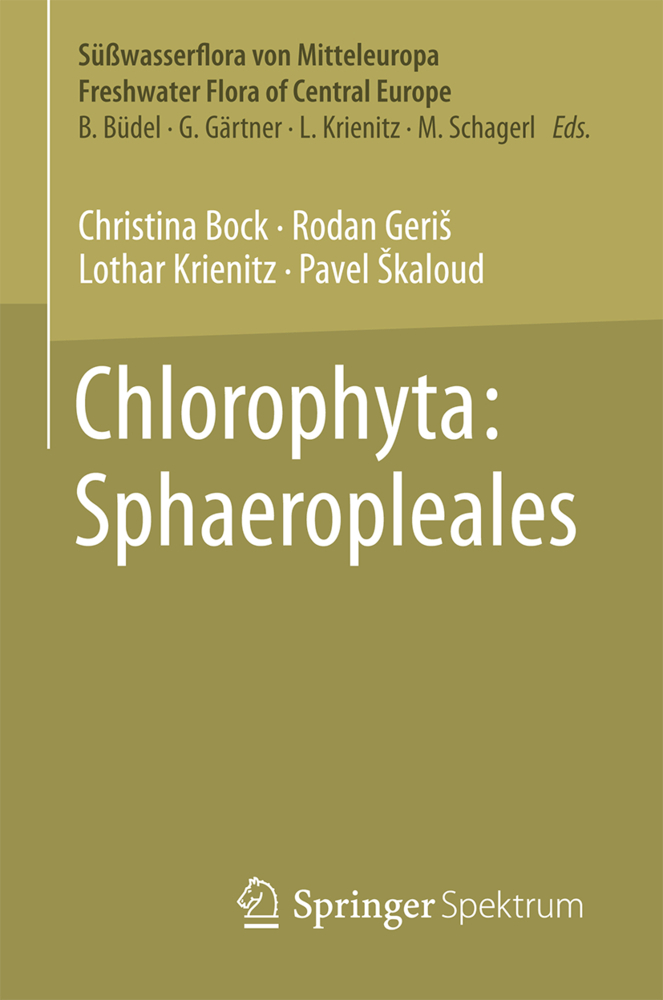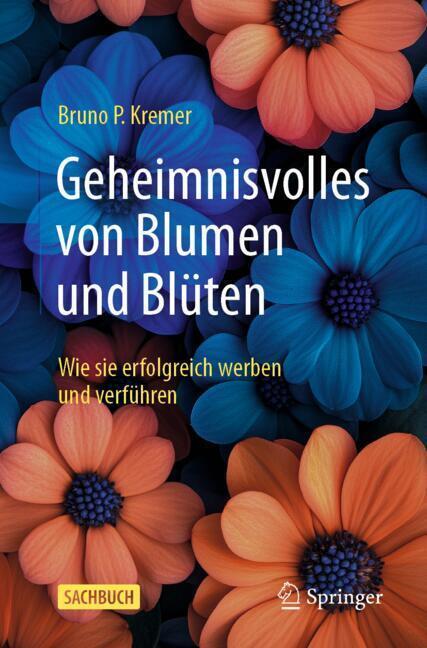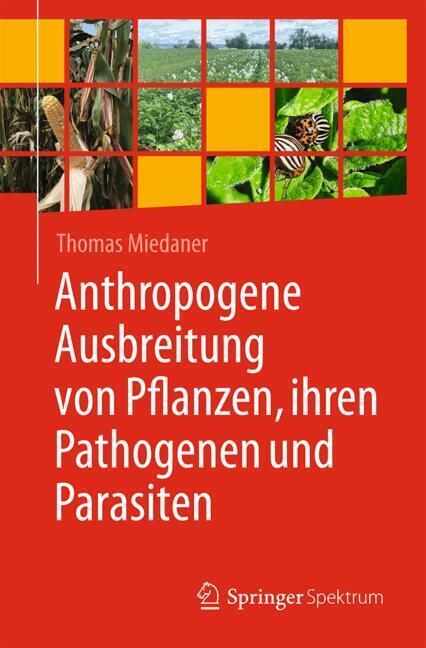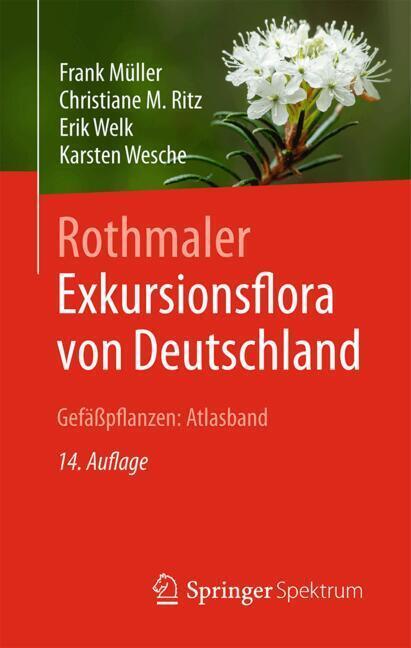Phytotoxicity of Nanoparticles
Phytotoxicity of Nanoparticles
This book provides relevant findings on nanoparticles' toxicity, their uptake, translocation and mechanisms of interaction with plants at cellular and sub-cellular level. The small size and large specific surface area of nanoparticles endow them with high chemical reactivity and intrinsic toxicity. Such unique physicochemical properties draw global attention of scientists to study potential risks and adverse effects of nanoparticles in the environment. Their toxicity has pronounced effects and consequences for plants and ultimately the whole ecosystem. Plants growing in nanomaterials-polluted sites may exhibit altered metabolism, growth reduction, and lower biomass production. Nanoparticles can adhere to plant roots and exert physicochemical toxicity and subsequently cell death in plants. On the other hand, plants have developed various defense mechanisms against this induced toxicity. This books discusses recent findings as well as several unresolved issues and challengesregarding the interaction and biological e ects of nanoparticles. Only detailed studies of these processes and mechanisms will allow researchers to understand the complex plant-nanomaterial interactions.
Chapter 1: Nanoparticle Uptake by Plants - Beneficial or Detrimental?
Chapter 2:Interplay Between Engineered Nanomaterials (ENMs) and Edible Plants: A Current PerspectiveChapter 3: Penetration and accumulation of carbon-based nanoparticles in plants
Chapter 4: Phytotoxicity of Rare Earth Nanomaterials
Chapter 5: Interaction of Nano-sized Nutrients with Plant Biomass: A Review
Chapter 6: Current Status of Nanoclays Phytotoxicity
Chapter 7: Mechanism and Interaction of Nanoparticle-induced Programmed Cell Death in Plants
Chapter 8: Metal-based nanomaterials and oxidative stress in plants - current aspects and overview
Chapter 9: Biological and phytotoxic impacts of nanomaterial
Chapter 10: Nanoparticle Associated Phytotoxicity and Abiotic Stress under Agroecosystems
Chapter 11: Phytotoxic assessment of NiO Nanoparticles in Radish
Chapter 12: Nano-silicon Particles Effects on Physiology and Growth of Woody Plants
Chapter 13: Phytotoxicity of nanoscale zero valentiron (nZVI) in remediation strategies
Chapter 14: Alumina Nanoparticles and Plants: Environmental transformation, Bioaccumulation and Phytotoxicity
Chapter 15:Lanatana aculeate L. Mediated Zin Oxide Nanoparticles Induced DNA Damage in Sesamumindicumand their cytotoxic activity against SiHa cell line
Chapter 16: Uptake and distribution of 14C-labeled multi-walled carbon nanotubes by wheat (Triticum aestivum L.)
Chapter 17: Plant Response Strategies to Engineered Metal Oxide Nanoparticles-A Review
Chapter 18: Nanobiotechnology in the Health Care: The Game and the Goal.
Faisal, Mohammad
Saquib, Quaiser
Alatar, Abdulrahman A.
Al-Khedhairy, Abdulaziz A.
| ISBN | 978-3-030-09560-4 |
|---|---|
| Artikelnummer | 9783030095604 |
| Medientyp | Buch |
| Auflage | Softcover reprint of the original 1st ed. 2018 |
| Copyrightjahr | 2019 |
| Verlag | Springer, Berlin |
| Umfang | XV, 407 Seiten |
| Abbildungen | XV, 407 p. 77 illus., 56 illus. in color. |
| Sprache | Englisch |

